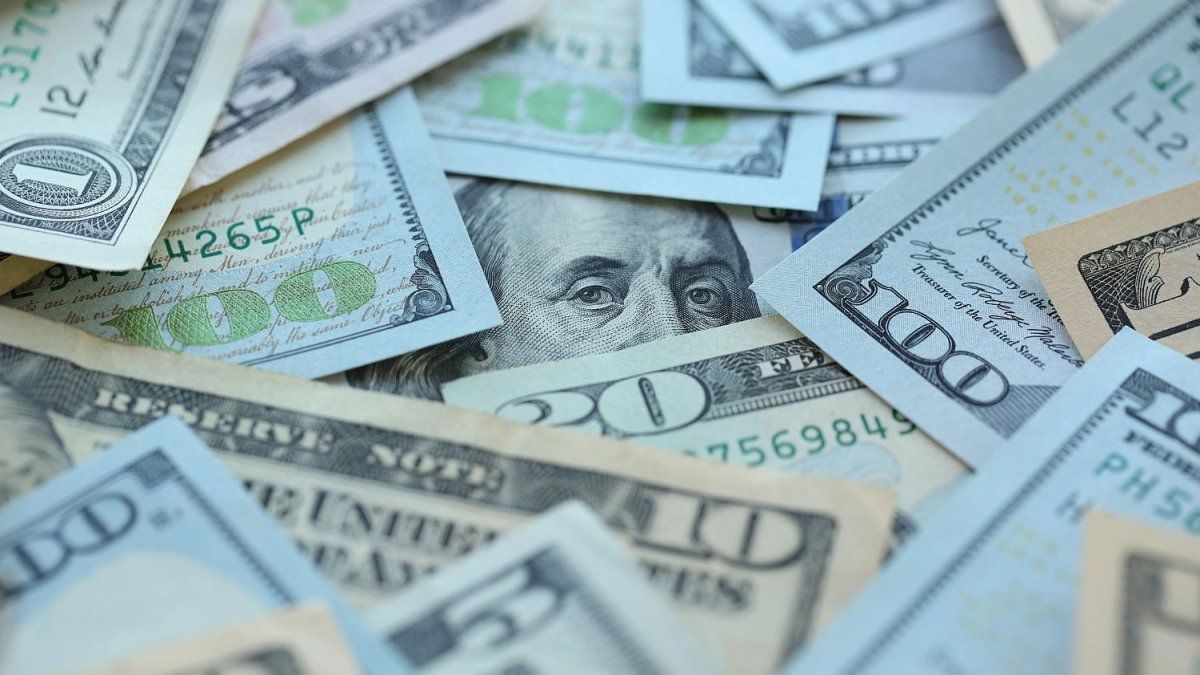He dollar He calmed down in the last days worldwide amid commercial tensions, but could soon become again One of the most risky currenciesaccording to American bank analysts Goldman Sachs.
In a note published for your customers, experts Karen Reichott Fishman and Lexi Kanter They pointed out several factors that could be behind recent volatility. Among them, the growing political uncertainty about commercial tariffs, the independence of the Federal Reserve (FED), fiscal risks and a possible reorientation of global investment outside US assets.
The strong depreciation of the dollar so far this yearlargely driven by the threats of President Donald Trump to impose significant tariffs on his main commercial partners, he aroused doubts about the traditional role of that currency as an active refuge.
Although from Goldman Sachs they do not anticipate a structural displacement of their status, they recognize that the panorama in the short term could be maintained unstable and prone to shocks. “The change of correlations made the strength of the dollar in periods of risk aversion a less reliable result,” they wrote from the investment bank.
Dollar Blue
Instead of acting as a safe refuge, the dollar became a source of volatility.
Depositphotos
In this context, some indicators suggest that, despite some recent stabilization, The dollar continues to operate as a risk linked to risk.
Is the dollar refuge ended?
According to the data collected by Bloomberg, the correlation between the dollar and a volatility index of the G10 is close to your lower level in the last seven years.
This behavior exposes a significant change in the dynamics of the dollar: instead of acting as a safe refuge, it became a source of volatility.
For much of the last 15 years, this correlation was consistently positive, which reinforces the idea of a structural change. In addition, this turn calls into question a widely accepted belief in financial markets: that Coverage costs tend to decrease when the dollar weakens.
Unfortunately, facing the long term, The prospects for the dollar are also negativedue to less global trade, defolarization and readjustment of the coverage ratios.
“However, it is undeniable that he already suffered strong sales, and the markets rarely follow the direct path to their final destination. A rebound is probably necessary,” the strategist projected Simon White.
Source: Ambito
I am a 24-year-old writer and journalist who has been working in the news industry for the past two years. I write primarily about market news, so if you’re looking for insights into what’s going on in the stock market or economic indicators, you’ve come to the right place. I also dabble in writing articles on lifestyle trends and pop culture news.




